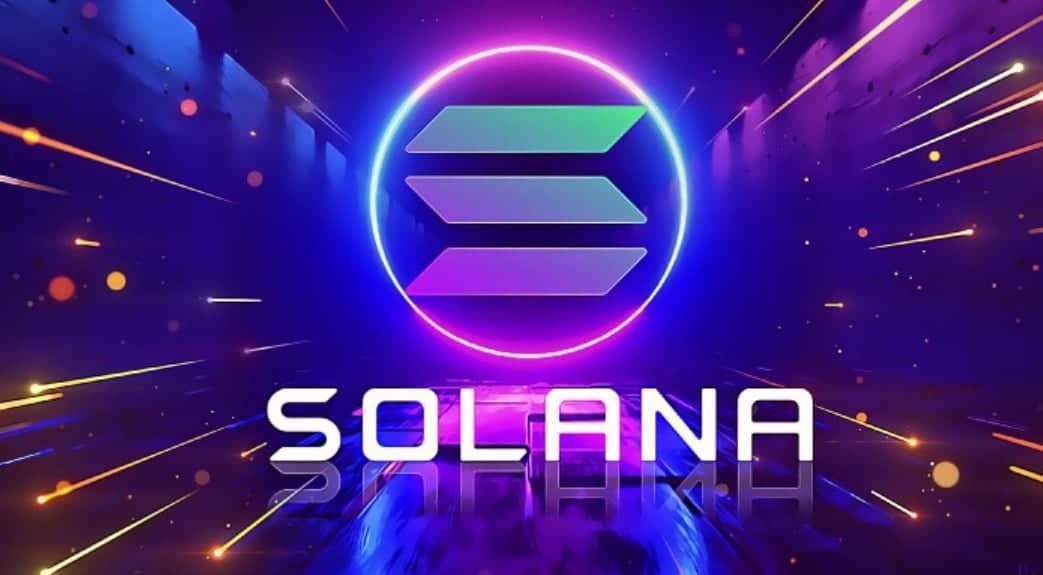- Investors can now access Tokenized real-world assets (RWA) on the Solana blockchain.
- This makes it the second layer 1 network behind Ethereum where U.S. Dollar Yield (USDY) can be accessed.
Solana is currently one of the most popular and adopted coins in the crypto ecosystem based on its on-chain activities. According to a recent report, a Tokenized Real-World Asset (RWA) platform Ondo Finance has extended the reach of its U.S. Treasury-backed tokens to the Solana (SOL) blockchain.
As reported, Solana becomes the first layer 1 network after Ethereum where “U.S. Dollar Yield (USDY) and a tokenized version of BlackRock’s (BLK) short-term Treasury bond exchange-traded fund named OUSG” can be accessed by investors. USDY can also be accessed on the “Ethereum layer 2 network Mantle and OUSG on Polygon.”
US Treasury was recently reported to have contributed immensely to the tokenization boom. As of press time, the market cap of tokenized Treasuries had increased from $110 million to $760 million from January. After the traditional finance giant Franklin Templeton, Ondo is the second largest issuer.
According to Carlos Gonzalez Campo, a Research Analyst, the growth was triggered by the US Treasury yield. This comes as banking giants like JPMorgan and Citigroup are seeking to introduce more traditional assets like bonds on blockchain.
More on the Solana Recent Development
Nathan Allman, founder and CEO of Ondo Finance believes that Solana has shown its resilience in the DeFi ecosystem with the ongoing development.
The Solana DeFi ecosystem has demonstrated great resilience and growth potential, thanks to its innovative scaling and low transaction costs. Integrating Ondo’s offerings with Solana not only aligns with our strategic growth but also paves the way for novel decentralized finance applications leveraging tokenized US Treasuries, benefiting a wide array of developers and users.
Recently, Stablecoin issuer Circle Internet Financial also announced that its euro-backed stablecoin EURC is now available on the Solana blockchain. Solana-based digital apps and wallets such as Jupiter Exchange, Meteora, Orca, and Phoenix added support for EURC. The stablecoin was also supported by Avalanche (AVAX), Ethereum (ETH), and Stellar (XLM) blockchains.
Solana (SOL) is currently trading at $75 after surging by 279.96% in the last three months. The asset has declined by 0.19% in the last 24 hours but has a bullish score of 92/100. Solana has generated a 15% return on investment in the past seven days.
According to a price prediction platform, the asset could finish the year with a minimum price of $91.02. On average, SOL is expected to hit $113.78 before December 31 but could proceed to hit $136.53.
Solana has been predicted to record a marginal fall at $80 as selling pressure may increase at that level. This is said to be due to short-term double patterns. Subsequently, the price may bounce back to hit $100. One of the main catalysts for Solana’s surge is said to be the listing of Solana SPL tokens by Coinbase pending the airdrop rumors. The decentralized finance (DeFi) and non-fungible token (NFT) in the Solana network have also recorded steady growth with a 12% increase in transactions in just seven days.
Recommended for you:
- Buy Bitcoin Guide
- Bitcoin Wallet Tutorial
- Check 24-hour Bitcoin Price
- More Bitcoin News
- What is Bitcoin?
Subscribe to our daily newsletter!
No spam, no lies, only insights. You can unsubscribe at any time.




